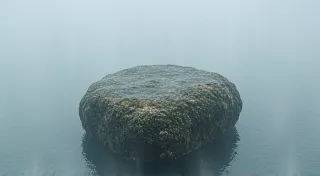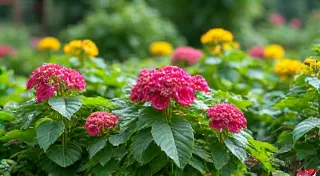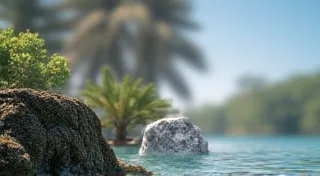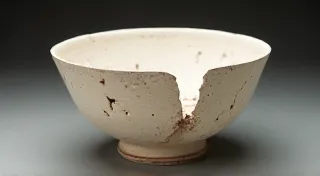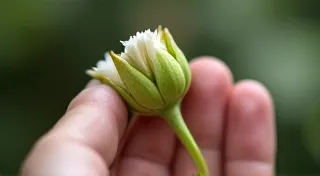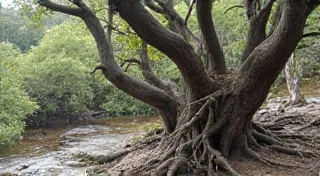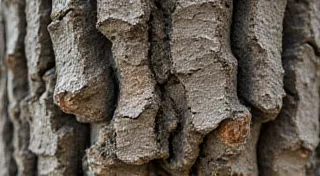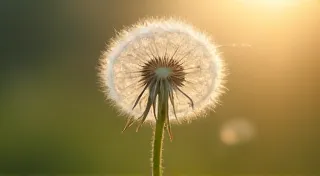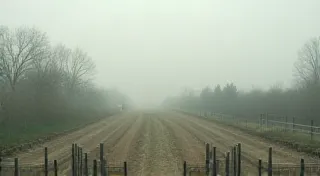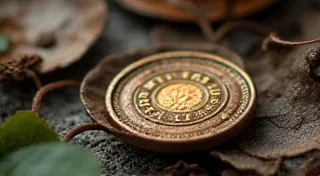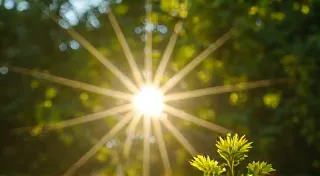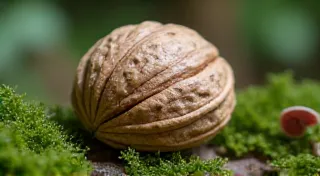Regional Textile Dying Techniques: A Journey Through Color & Craft
Welcome to a world where color breathes, where history is woven into every thread, and where the earth's bounty transforms simple cloth into vibrant works of art. This website explores the rich and diverse landscape of textile dyeing traditions from around the globe. We delve into the artistry of traditional dyeing practices, celebrating the skills passed down through generations and uncovering the secrets held within natural materials. More than just applying color, these techniques represent a profound connection to the land, to ancestral knowledge, and to the very essence of creativity.
For millennia, humans have sought ways to imbue textiles with meaning and beauty. Long before synthetic dyes, communities relied on the pigments offered by nature – roots, berries, flowers, barks, and minerals – transforming them into a stunning palette of hues. This journey isn’s solely about aesthetics; it's about understanding a cultural heritage, a scientific process, and a profound respect for the environment. From the subtle gradations of gray found in Achromatic Bloom: Exploring Gray Scale with Natural Dyes to the fiery reds derived from cochineal, each dye tells a story, revealing the ingenuity and resourcefulness of those who came before.
The Alchemy of Natural Dyes
The process of extracting color from nature is, in itself, a form of alchemy. It requires patience, observation, and an understanding of the complex chemical reactions that occur when organic materials interact with fibers. The true 'alchemist' isn’t just mixing ingredients, but developing a deep connection with the raw materials and anticipating how they will behave. Discover how the journey begins, from cultivation to extraction in The Alchemist’s Garden: Cultivating Natural Dyes. It’s a holistic process, far removed from the modern, industrial approach to dyeing. Consider the sensory experience—the smells, the textures, the gradual shifts in color—as explored in Beyond the Hue: The Sensory Ecology of Dyeing.
We’re not merely interested in the ‘how’ of dyeing, but the ‘why’. What cultural significance do certain colors hold? How do these traditions reflect a community’s relationship with its environment? How do we ensure the sustainability of our practices, respecting the natural resources that provide these incredible pigments? This is a question deeply considered in Dyed in the Shadows: The Ethics of Natural Resources.
Deep Roots: Understanding Dye Histories
The echoes of the past resonate within every dyed fiber. Many of the techniques and recipes we use today have been passed down through generations, carrying within them a wealth of knowledge and cultural significance. The story of madder, for example, a cornerstone of many traditional dye palettes, is a deeply rooted one, as revealed in The Echo of Madder: A Rooted Palette. Understanding these origins allows us to appreciate the incredible legacy of human creativity and ingenuity, and provides a framework for preserving these traditions for future generations. Many ancient secrets are waiting to be rediscovered – explore Echoes of the Past: Reinterpreting Ancient Dye Recipes for a glimpse into the wisdom of our ancestors.
Textile dyeing isn't just a craft; it's a form of storytelling. The color of a garment can reveal its origins, its purpose, and the values of the community that created it. Consider how dye traditions intertwine with lineage and heritage, as profoundly shown in The Indigo River: Tracing Ancestry Through Dye. The narratives carried within these colored fabrics offer a unique window into the human experience, connecting us to the past and enriching our understanding of the present.
The Language of the Earth: Tannins, Barks, and Minerals
The raw materials used in textile dyeing are as diverse as the cultures that utilize them. From the tannins found in tree bark to the minerals extracted from the earth, each material imparts unique properties to the dye, influencing its color, its fastness, and its overall effect on the fabric. Deciphering The Language of Bark: Unveiling the Secrets of Tannins provides crucial insights into this complex interaction. Understanding the properties of these materials is crucial for achieving desired results and appreciating the beauty of imperfection.
Certain dyes are notoriously difficult to work with, demanding patience, intuition, and a deep understanding of their behavior. The process of softening fibers, a fundamental step in preparation for dyeing, is beautifully represented through Mullein's Embrace: A Study in Softening. And every shade, from the richest ochres to the most delicate pastels, holds a unique story waiting to be uncovered. Delve into Ochre's Song: Earth's Embrace in the Dye to discover the warmth and grounding influence of this earth-derived pigment.
Beyond Color: Perception and Illusion
Color isn’t simply about wavelengths of light; it’s about how we perceive it. Our brains interpret color based on a myriad of factors, including surrounding colors, lighting conditions, and personal experiences. The impact of color on our perception is profound, shaping our emotions, influencing our decisions, and affecting our overall sense of well-being. Think of the subtle complexities of capturing depth and dimension through natural dyes, beautifully explained in The Painter's Breath: Natural Dyes and the Illusion of Depth.
The subtle nuances of rust, and its complex chemistry, demonstrate the alchemy of transformation in fabric. Consider Rust's Requiem: The Alchemy of Iron and Cloth to understand this fascinating, and often unpredictable, dye.
Sustainability and the Future of Natural Dyes
As awareness of the environmental impact of synthetic dyes grows, there is a renewed interest in traditional, natural dyeing techniques. These methods are inherently more sustainable, relying on renewable resources and minimizing waste. It’s vital that we explore ways to revive and preserve these traditions, ensuring that they continue to thrive for generations to come. We must examine how the use of resources impact society, as explored in Dyed in the Shadows: The Ethics of Natural Resources.
The vibrant yellow of Saffron Threads: Weaving Sunlight into Fabric is a testament to nature’s bounty and the ingenuity of those who have harnessed its power. Each color evokes emotions, carries meaning, and connects us to the earth.
Intuition and Innovation
While traditional techniques provide a foundation, there is always room for innovation and experimentation. The most successful dyers are those who are willing to push boundaries, to explore new materials, and to trust their intuition. Consider the power of creative flow – a journey explored in When the Dye Whispers: Intuition and Textile Alchemy. There is a delicate balance between respecting tradition and embracing originality.
The interplay of decay and transformation is a recurring theme in natural dyeing, a poignant reminder of the cyclical nature of life. Even the seemingly undesirable aspects of natural materials—their fragility, their impermanence—can be harnessed to create stunning works of art. Walnut's Lament: Decay and Transformation in Dye is a visual representation of this transformative power.
Finally, textile dyeing tells a story, preserving memories and documenting experiences. The Unfolding Story: Documentation in Textile Dyes demonstrates the power of color to communicate and connect across time.
Explore the articles above to embark on a vibrant journey into the world of textile dyeing, traditional dyeing, and the beauty of natural dyes. From the science behind the process to the cultural significance of color, we invite you to discover the enduring legacy of this ancient art form, a true reflection of textile art and craftsmanship.
